Optimum temperature range
Before figuring out "How it should be", you should understand exactly how it shouldn't be:
- refrigerators compartment... Food freezes or deteriorates quickly, ice forms on liquids, condensate forms on the walls.
- Freezer... The ice melts or, conversely, a large layer of ice forms in the freeze.
The optimum temperature in the refrigerator should not be below +3 and above +5 degrees. For a freezer, values range between 18-22 degrees below zero.
Some models of refrigerators have a so-called special freshness zone. It is located near the cooling elements, intended for meat, dairy products, fruits and vegetables. The temperature in it averages 0-2 degrees.
How is the temperature distributed?
To store food in accordance with all the rules, you should know where is the lowest temperature in the refrigerator, and where is the highest.
- The door is considered the warmest compartment of the refrigerating chamber: here the thermometer can reach 5-10 ° C.
- In the refrigerating chamber itself, the distribution goes from bottom to top: the higher, the correspondingly warmer.
- Under the lid, the temperature reaches +7, and the lowest compartment barely reaches 3 ° C. The exception is vegetable boxes, the average values in them are 7-8 ° C.
In the freshness zone, as we said, the indicator is 0-1. If there is none (on old or inexpensive modern refrigerators), move perishable food closer to the back - next to the compressor, the degree is also kept near zero.
Food storage table
To make it easier to remember what and at what temperature conditions should be stored in the refrigerator, study the small table, it contains the main categories:
| Product | Where to store | Shelf life |
|---|---|---|
| Meat | Bottom | 24 hours |
| A fish | Bottom | 24 hours |
| Eggs | Bottom | 2-3 months |
| Butter | a door | 2-3 months |
| Milk | Bottom | 1-3 days |
| Cheese | a door | 2-3 weeks |
| Sauces | a door | 3 months |
| Greens | Bottom | 1 Week |
| Sausage | Upper, middle shelf | 1 Week |
| Ready second courses | Upper, middle shelf | 1-2 days |
| Soups | Upper, middle shelf | 1-2 days |
| Confectionery | Upper, middle shelf | 1 Week |
Separately, it should be said about zone 0 degrees in the refrigerator:
- meat, fish, sausages, cheeses will stay fresh for 7 days;
- berries, mushrooms, fruits, vegetables can also be left for a week, and carrots, corn, apples, pears - for a month.
Poultry meat, fresh mushrooms, fruit and vegetable frosts (1 year) are stored inside the refrigerator freezer for the longest time. Red meat, fish and seafood will last for 6 months. Sausages, ice cream, bread in a household freezer should not be kept longer than 90 days.
Do not store in the refrigerator:
- bread - the crumb becomes too wet, spoils faster;
- tomatoes - lose their taste;
- potatoes - becomes sweet, loose;
- chocolate - covered with a white coating;
- honey - crystallizes in a humid cold environment;
- olive oil - freezes, stratifies and deteriorates;
- onions and garlic - soften, spoil;
- coffee - absorbs odors.
By the way, coffee beans, if you are not going to grind and brew them afterwards, are an excellent odor remover inside the refrigerator compartment.
What is important to know about a freezer?
The unmistakable temperature in the freezer of the refrigerator is -18 ° C. This value ensures long-term preservation of most products, without freezing and ice.
Many manufacturers today also provide a quick freeze mode in common household models. The advantage of blast chilling is that the food does not crystallize and retains the maximum amount of nutrients.
To use Super frost correctly, you should know the principle of the system: in one or several boxes, the indicator drops to 25-30 degrees below zero. This makes it possible to turn fresh food into ice 2-3 times faster than usual.
But the refrigerator takes time to lower the temperature. Therefore, follow the advice of the manufacturers: set the settings a few hours (preferably 24) before loading products into it (for example, before going to the store).
You can find out what temperature conditions your freezer is at by looking at the legend: snowflake stars. One means that the refrigerator can support -6 ° C, two - -12 ° C, three - -18 ° C. Appliances with 4 snowflakes have a quick freeze function.
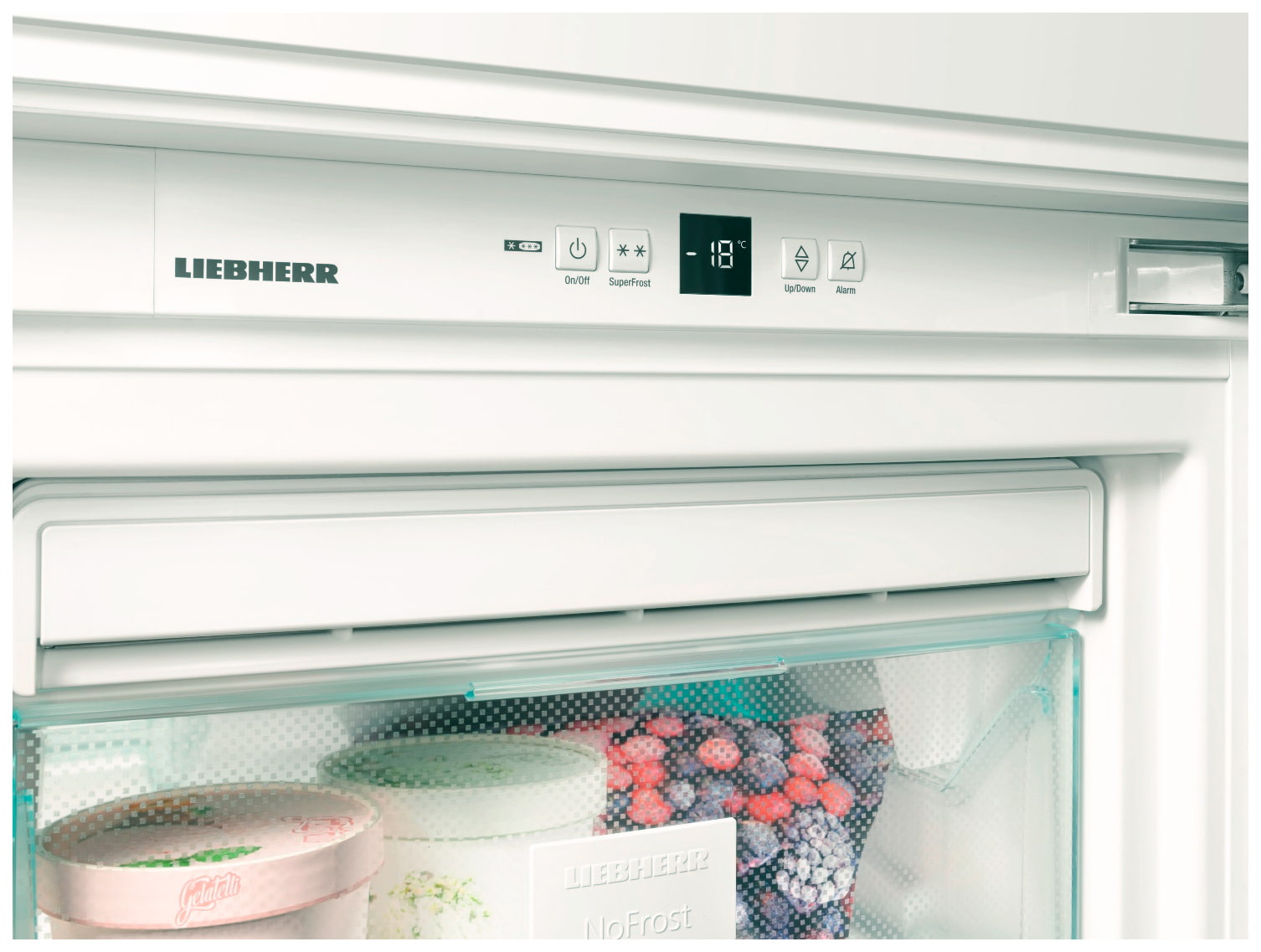
How do I check the temperature?
The easiest way to find out the cold level is thermometer... In modern models with LED screens and touch controls, thermometers are usually built-in. With one movement of your hand, you will not only see the indicators, but you can also edit them.
If the control is mechanical, the thermometer can be purchased separately. In order to take correct readings, it should be used correctly:
- the thermometer is placed in a glass of water and left in the refrigerator compartment for 8-10 hours;
- Without wrapping it, put it inside the freezer at the same time, preferably overlaid with soft bags with already frozen food.
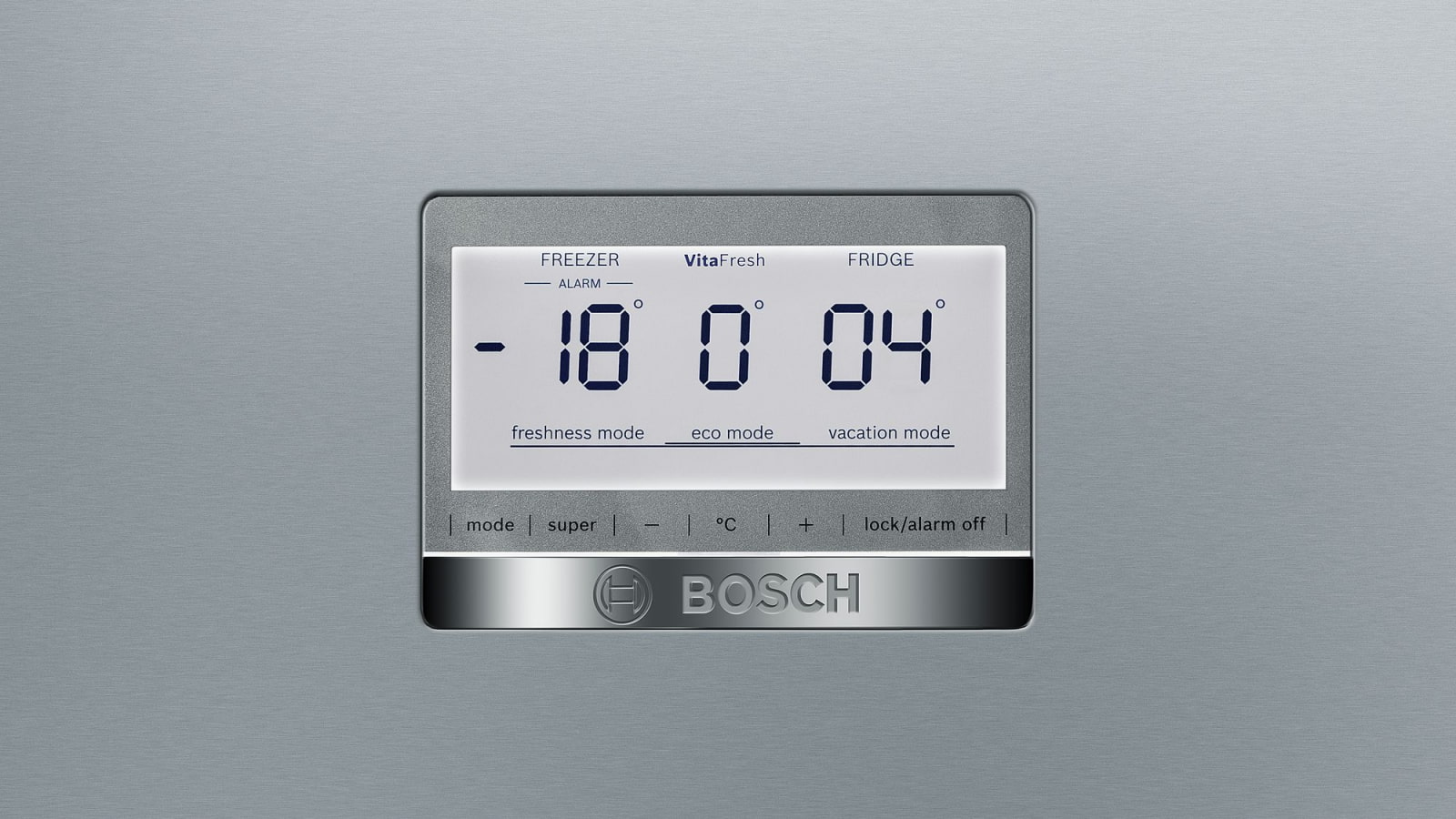
Recommendations for use
So that the equipment can work at full capacity and maintain the optimal temperature, follow the recommendations of the experts:
- Keep cells at least 50% full... If you do not need to store so many food supplies, put bottles of water or other drinks inside.
- Don't overload the refrigerator. Normally, air must circulate between the packages.
- Do not add hot food. Chill cooked food or drinks to room temperature. High temperatures will wear out the compressor.
- Defrost chambers in time... If frost or ice has formed on the walls, the refrigerator should be removed from the network, defrost, wiped dry and turned back on.
- Do not keep the doors open for a long time.... Constant opening and closing, as well as holding it open for a long time, negatively affects the operation of the device.
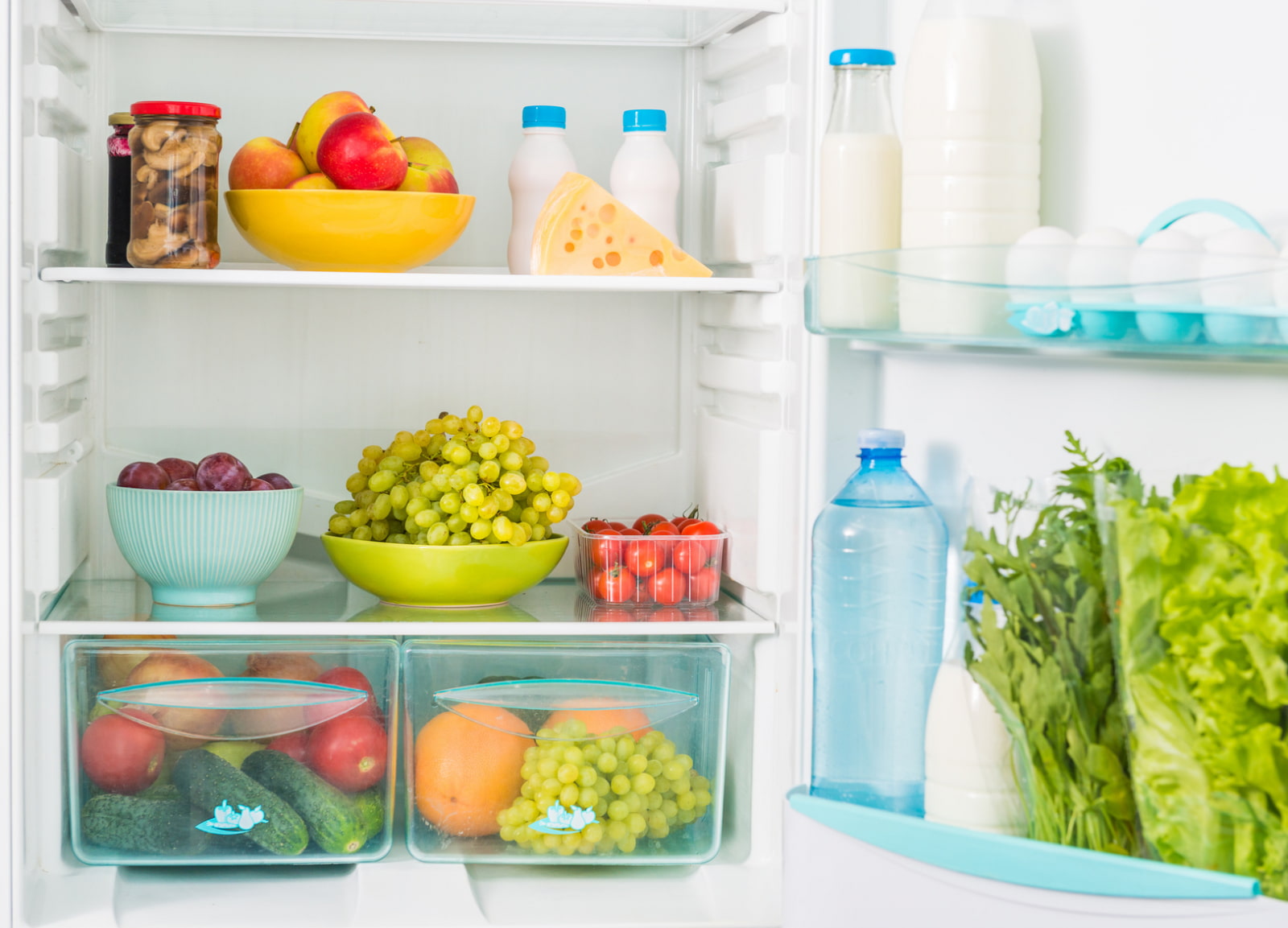
We shared the basic information: what should be the optimal temperature in the refrigerator and freezer, how to maintain it and correctly store food.

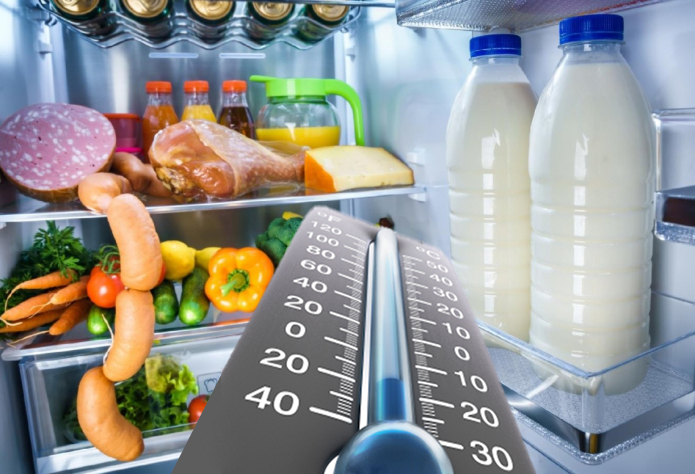
 10 practical tips for arranging a small kitchen in the country
10 practical tips for arranging a small kitchen in the country
 12 simple ideas for a small garden that will make it visually spacious
12 simple ideas for a small garden that will make it visually spacious
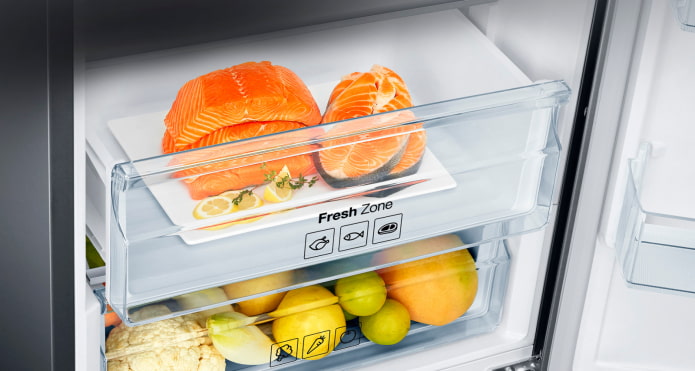
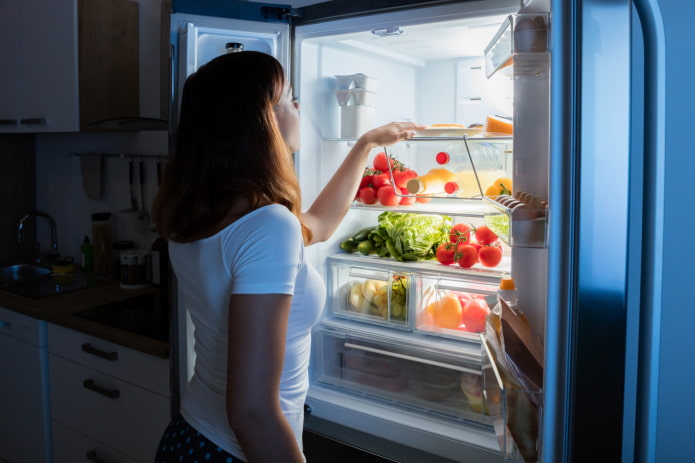
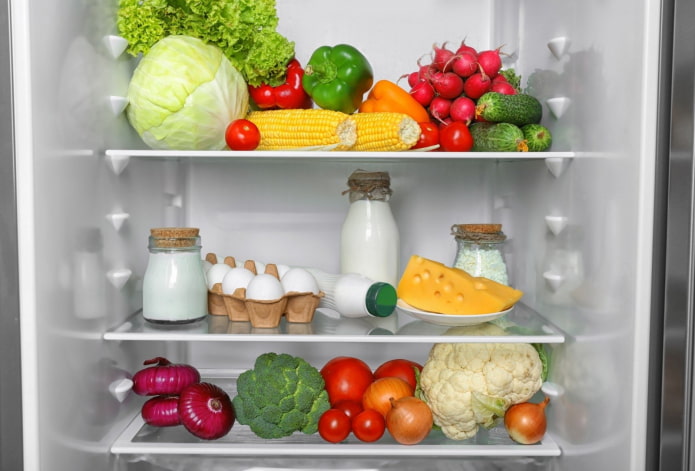
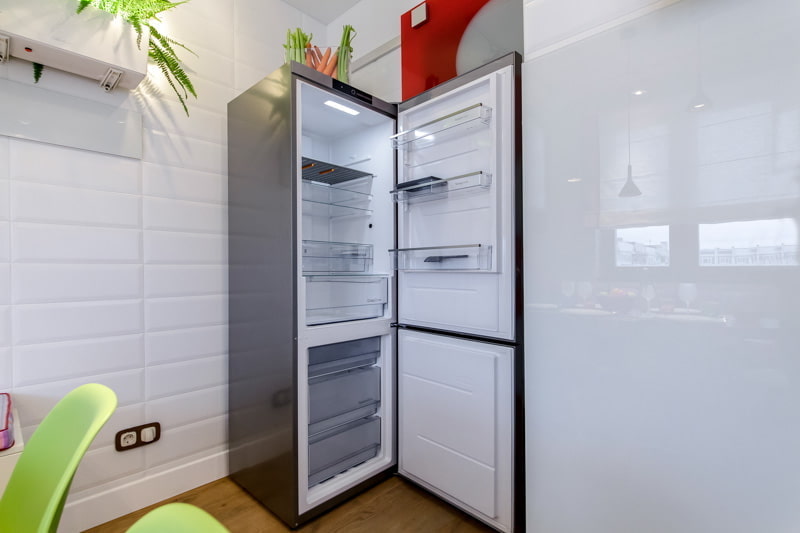
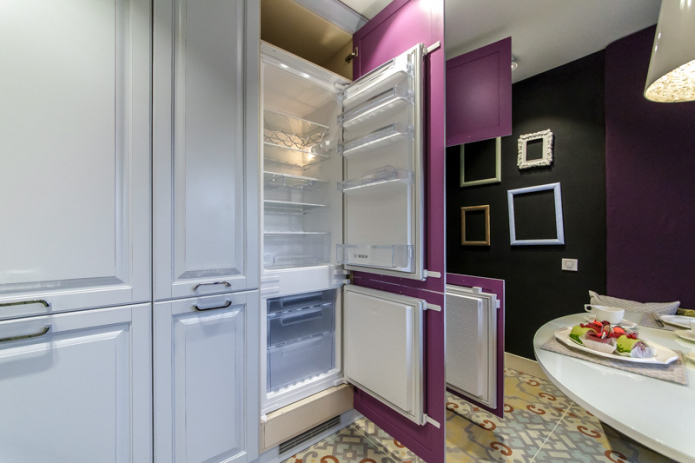
 How to choose the color of your kitchen sink?
How to choose the color of your kitchen sink? White kitchen set: features of choice, combination, 70 photos in the interior
White kitchen set: features of choice, combination, 70 photos in the interior Black set in the interior in the kitchen: design, choice of wallpaper, 90 photos
Black set in the interior in the kitchen: design, choice of wallpaper, 90 photos How to choose curtains for the kitchen and not regret it? - we understand all the nuances
How to choose curtains for the kitchen and not regret it? - we understand all the nuances Design of a white kitchen with a black countertop: 80 best ideas, photos in the interior
Design of a white kitchen with a black countertop: 80 best ideas, photos in the interior Kitchen design with green wallpaper: 55 modern photos in the interior
Kitchen design with green wallpaper: 55 modern photos in the interior